Lofted Bedrooms Can Look Cold: Here’s How to Warm Them Up
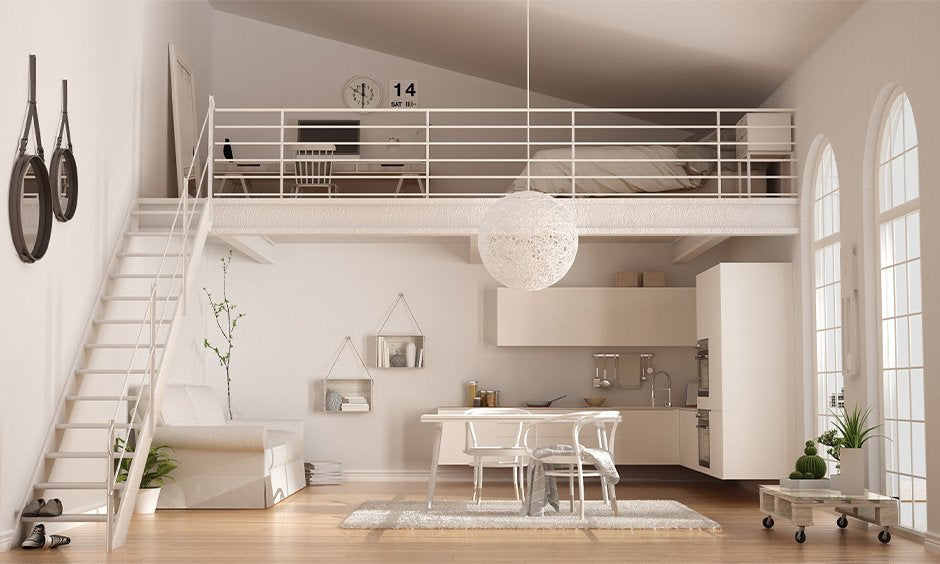
Lofted bedrooms often feel a little too open or bare. The high ceilings and large walls create a sense of scale that’s impressive, but if you’re not careful, the space can end up feeling cold or disconnected.
The key to making these bedrooms feel inviting is layering in texture, structure, and zones that feel warm and personal.
You don’t need a complete overhaul to get there...
With a few smart updates, like lighting, layout changes, or vertical design elements, you can make your lofted bedroom feel just as cozy as any traditional space.
One great solution is adding wood slat panels or wood slat room dividers, which create visual structure and soften the open layout without making it feel closed off.
Break Up the Vertical Space
Why Lofted Ceilings Feel Cold
Tall ceilings leave a lot of empty space up top, and when that area feels bare, the whole room can seem off-balance. It almost feels like everything is sinking to the floor.
Low-profile furniture, like platform beds or short dressers, can make the effect even stronger and make the space look emptier than it really is.
What You Can Do About It
![]()
To fix this, pull the eye upward. Try full-height wall panels or architectural treatments that stretch toward the ceiling.
Options like slatted panels, vertical board-and-batten, or painted paneling not only add texture but also give the room a finished look.
Even a bold paint color or wallpaper starting at mid-wall can help visually break up the height and anchor the space.
Add Texture to Soften the Space
What’s Usually Missing in Lofted Bedrooms
Lofted spaces can look cool and modern, but they also tend to feel a little bare. There’s usually a lot of flat surfaces, neutral colors, and hard materials, so even though the space looks clean, it can come off feeling a bit cold or unfinished.
How to Add Warmth with Texture
Adding soft layers makes a big difference. Try a natural fiber rug, some cozy bedding, or linen curtains to break up all the hard surfaces. A cushioned bench at the end of the bed or an upholstered chair in the corner helps, too.
You can even go bigger with felt wall panels or fabric-covered furniture. These not only add texture but also help absorb sound, which makes the whole room feel quieter and more comfortable.
Use a Room Divider to Define the Bed Area
The Problem with Open Layouts
One of the biggest design challenges in lofted bedrooms, especially those in studio-style spaces, is defining where one zone ends and another begins. Without some kind of barrier, your bed can feel like it’s just floating in the middle of an open room.
An Easy Solution
![]()
A wood slat room divider creates a defined space for sleeping while still letting light and air flow through. These dividers are ideal if you don’t want to build a wall or fully close off the space.
Some come with clever mounting systems that let you rotate the slats, move them around, or even remove them easily without damage.
Many are crafted with real Walnut or Oak veneers over dimensionally stable MDF cores, so they stay perfectly straight over time. Pre-finished options come in warm stains or soft black finishes, meaning there’s no extra prep, just unbox and install.
Make a Feature Wall Behind the Bed
Why It Works
Every bedroom needs a focal point, and in a lofted room, your best bet is usually the wall behind your bed. It helps anchor the space visually and gives you a spot to build your style around.
How to Do It Right
Instead of a traditional headboard, try vertical wood slat panels, fluted MDF, or v-groove panel designs behind your bed. These add depth and shadow, especially when paired with soft, directional lighting.
Some panels come with satin lacquer finishes or natural wood textures that give a subtle sheen without glare. Walnut options offer warmth and richness, while European Oak finishes tend to feel lighter and more modern. If you go for black-stained slats, you get a moody look that pairs well with industrial or minimalist spaces.
Fix the Lighting
What’s Often Missing
Lofted bedrooms usually come with one central light source, which, on its own, just isn’t enough. High ceilings can make a single light fixture feel too far away and create harsh shadows or cold pockets.
How to Layer It Better
Introduce multiple light sources. Floor lamps, table lamps, wall sconces, and even LED strips behind panels or around the bed can help bring the light down to human scale. Use warm bulbs and diffused light to avoid harsh glare.
And if you’ve added panels behind the bed or a divider near your sleeping space, backlighting these features adds warmth and depth that instantly makes the room feel cozier.
Final Thoughts
Lofted bedrooms come with a unique set of design challenges, but also a lot of creative potential. With the right mix of texture, lighting, and layout choices, you can make the space feel warm and livable without losing its airy character.
Thoughtful additions like wood slat panels and wood slat room dividers offer structure, privacy, and subtle character, all while being easy to install and maintain.
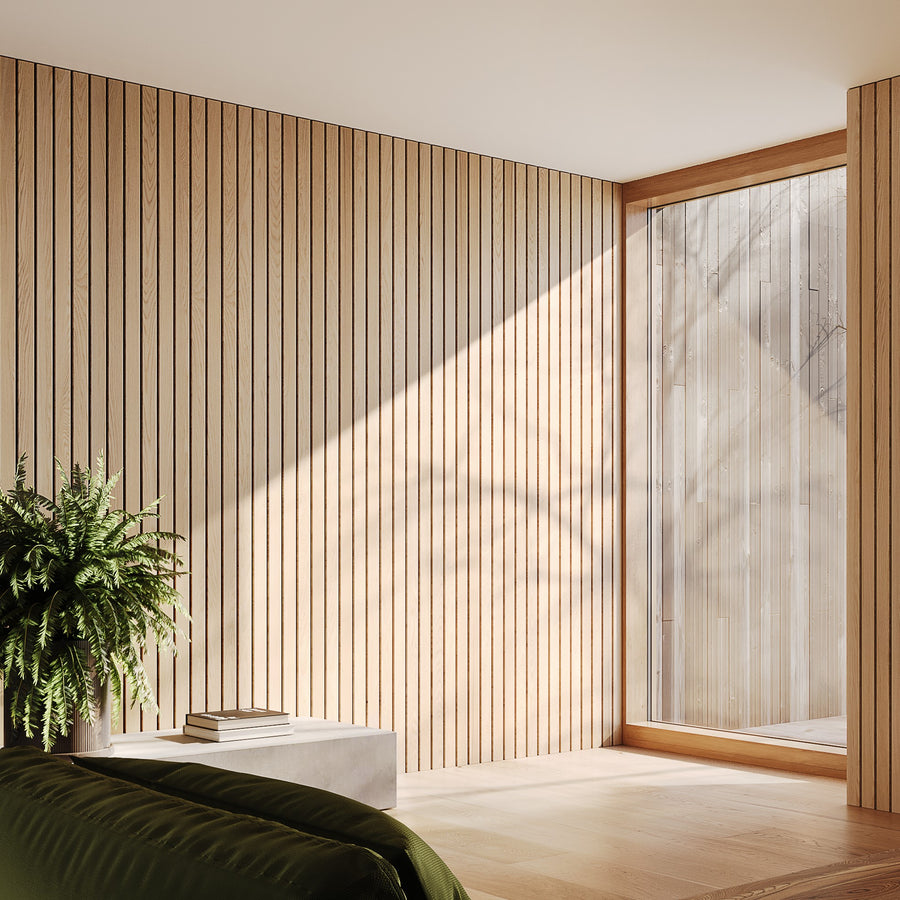
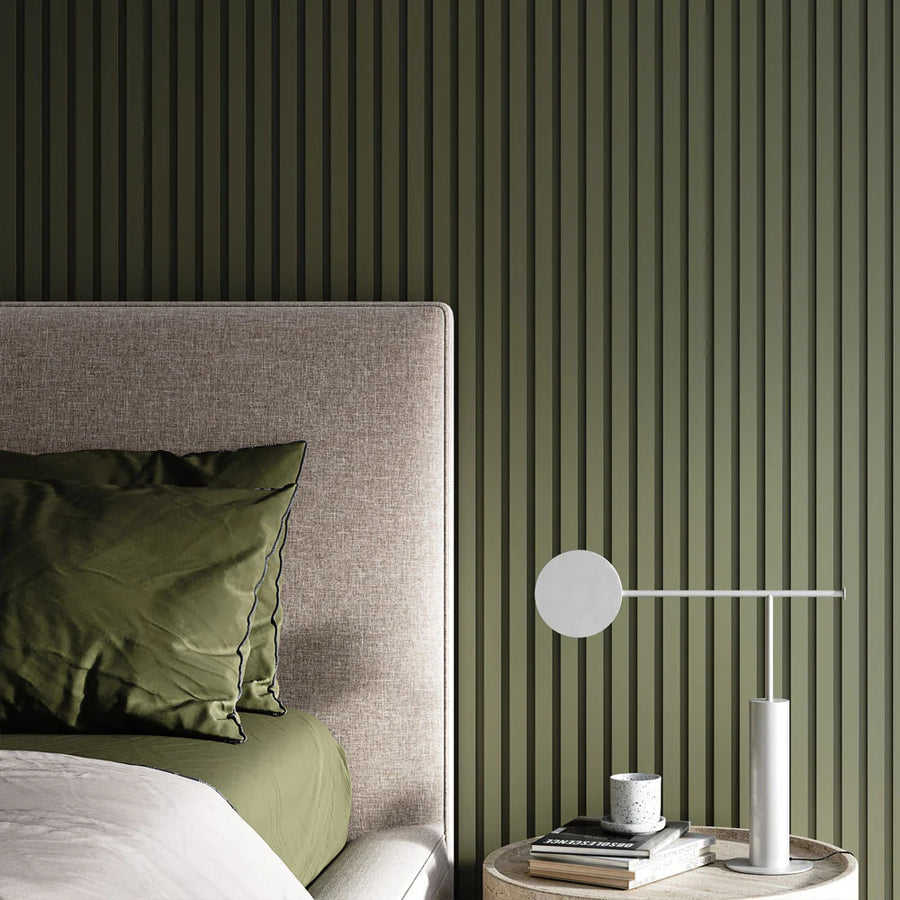
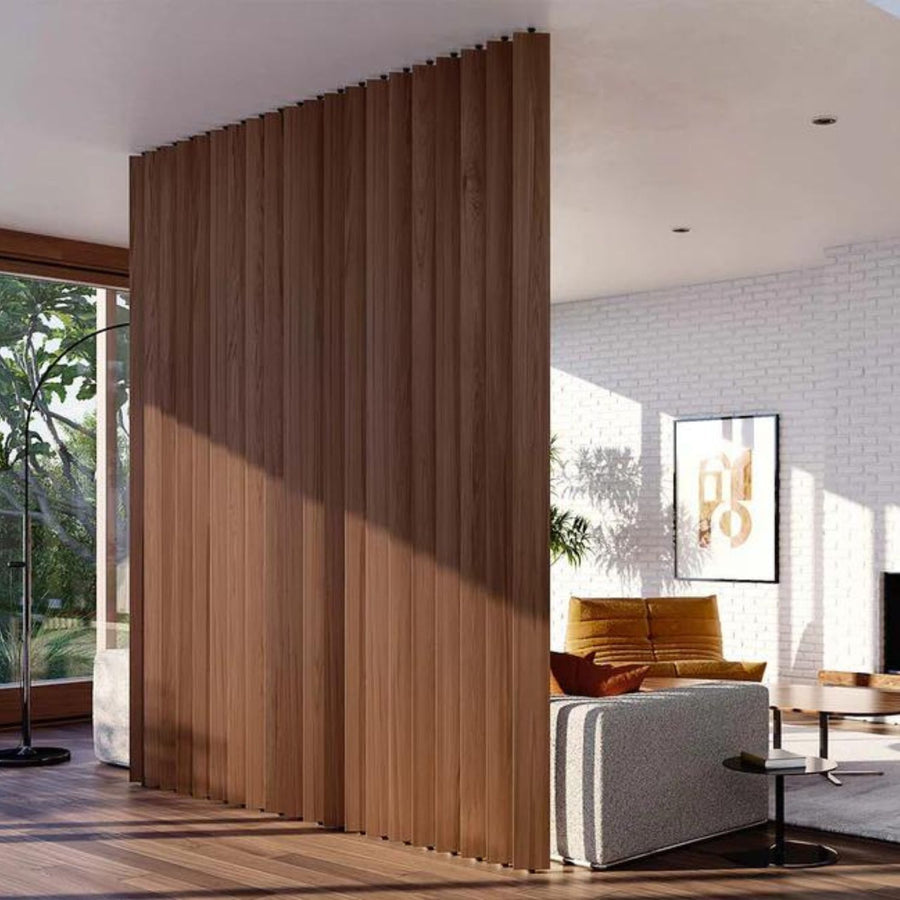
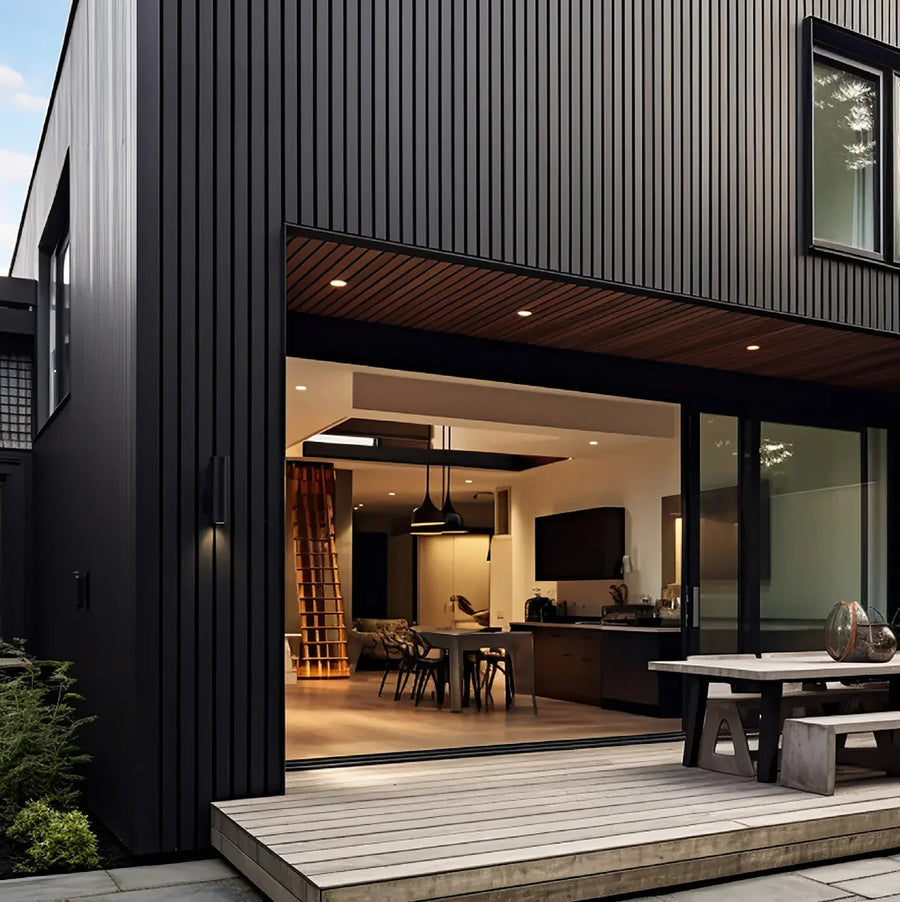
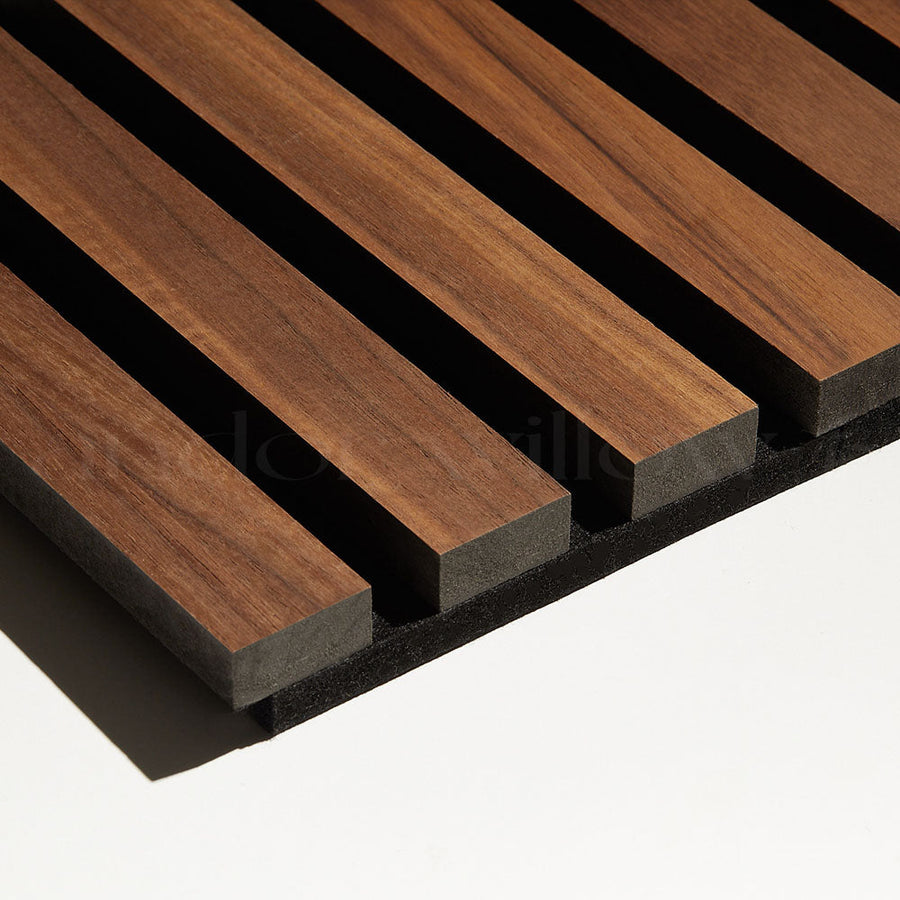
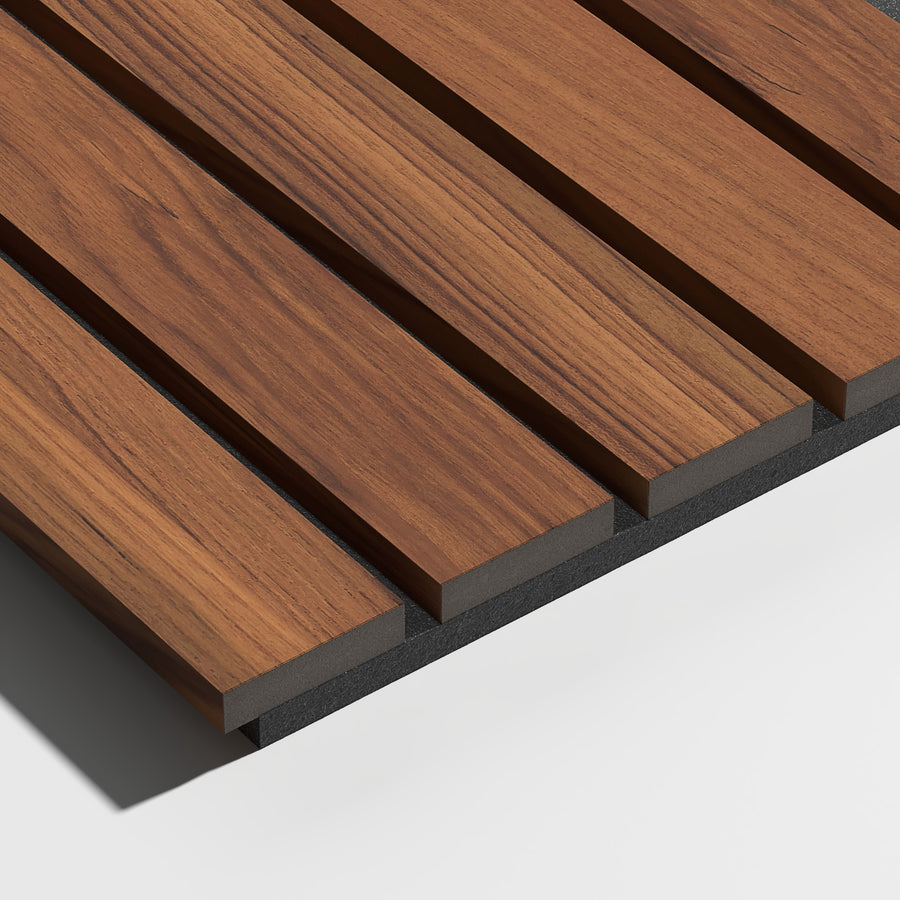


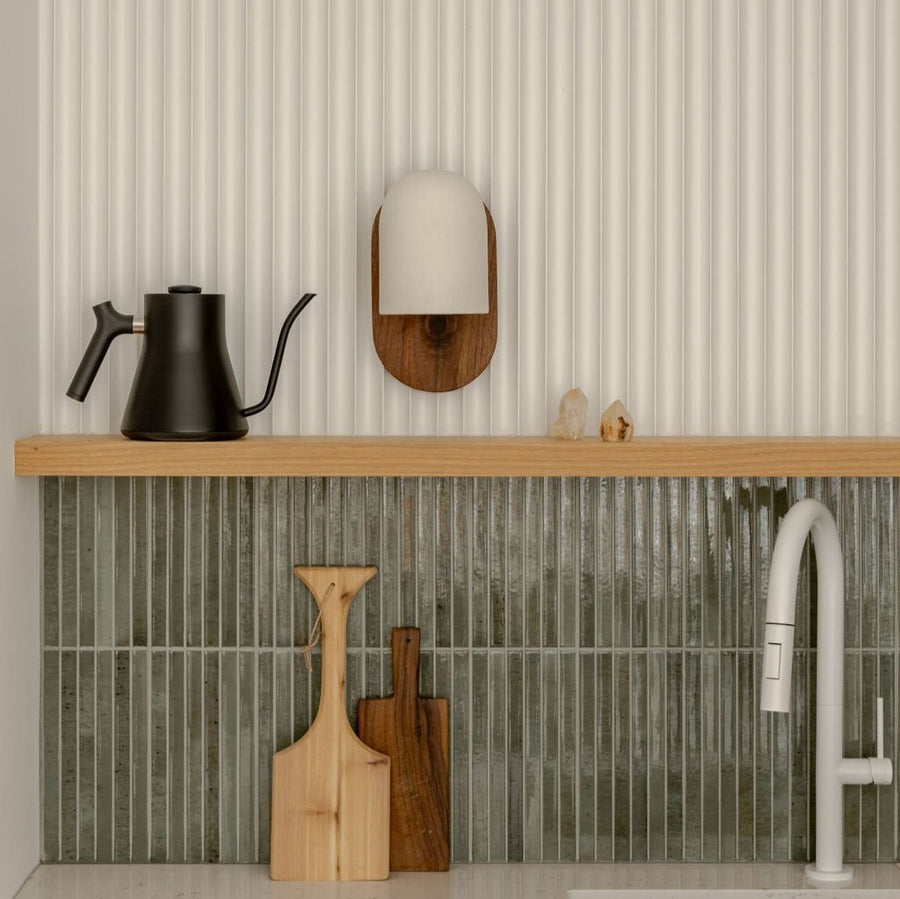
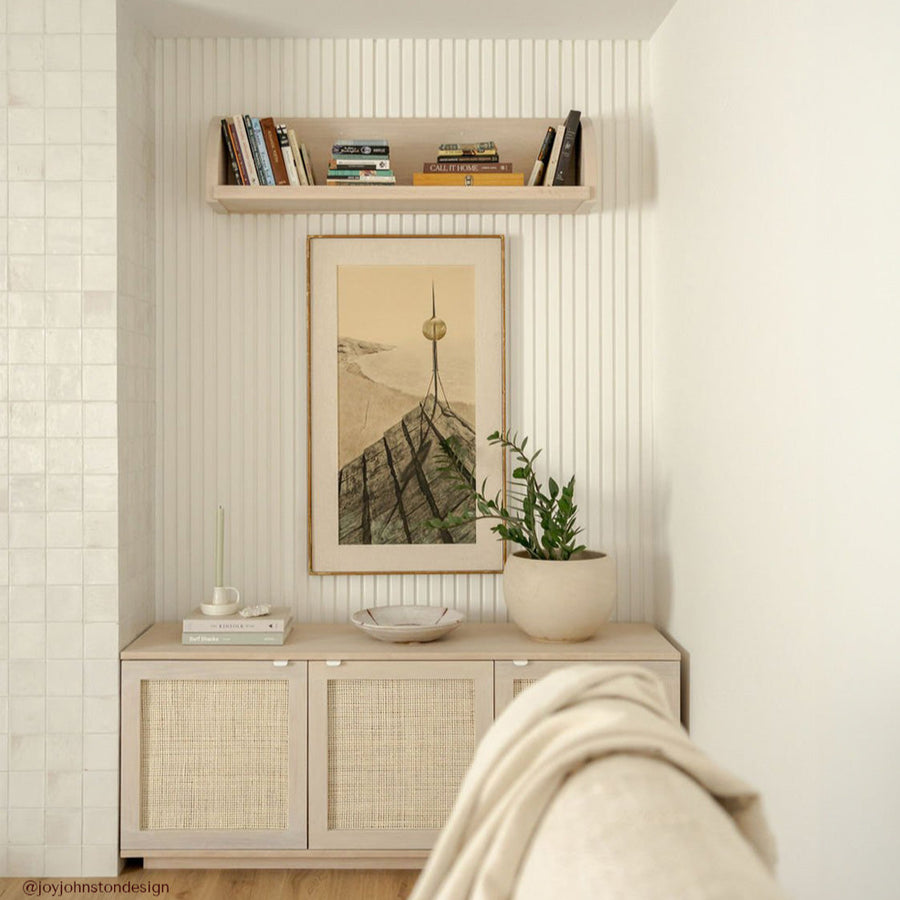
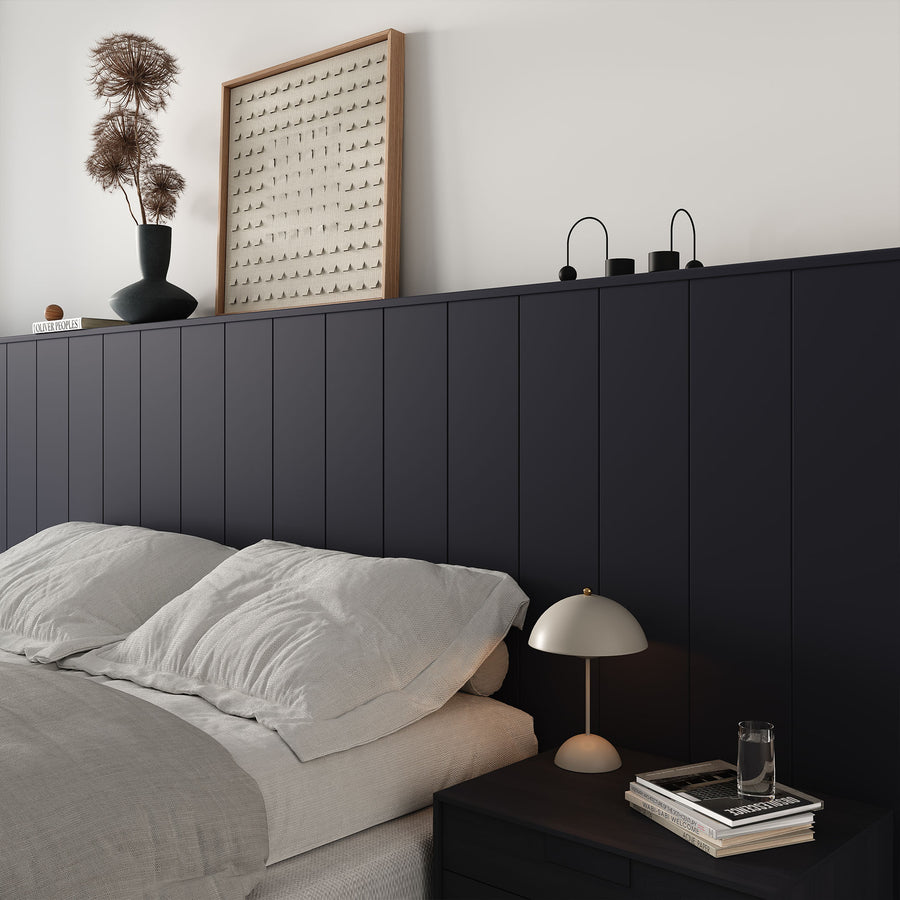














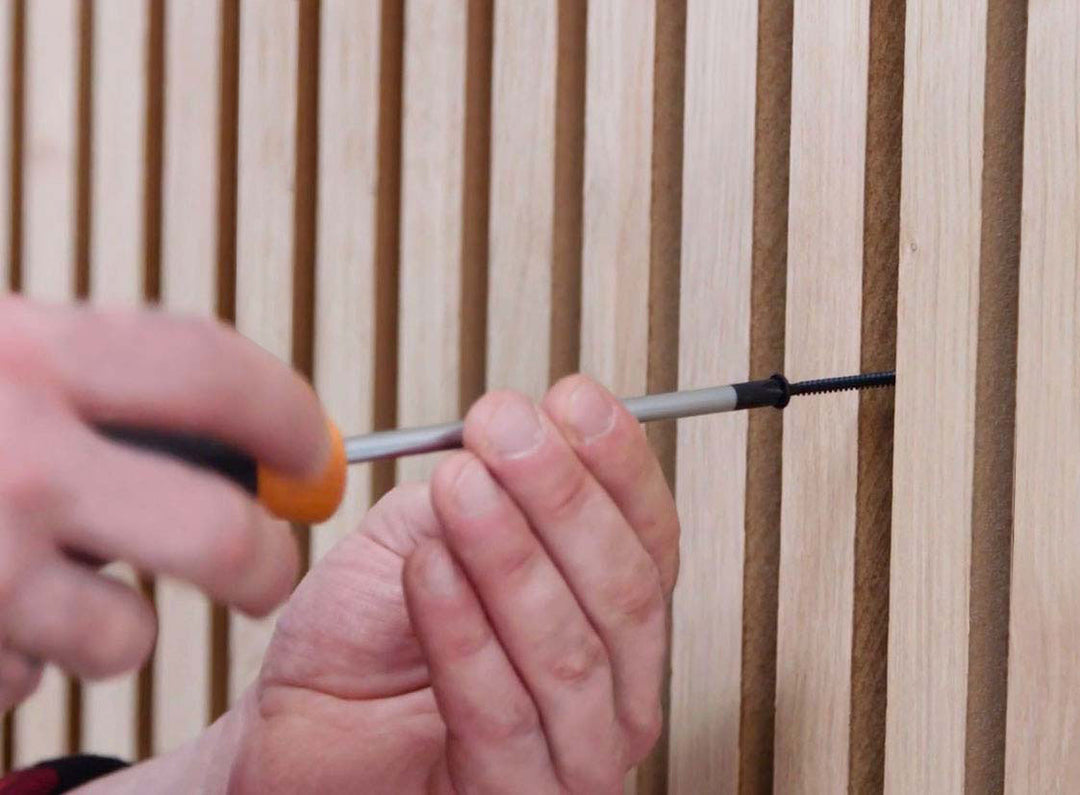

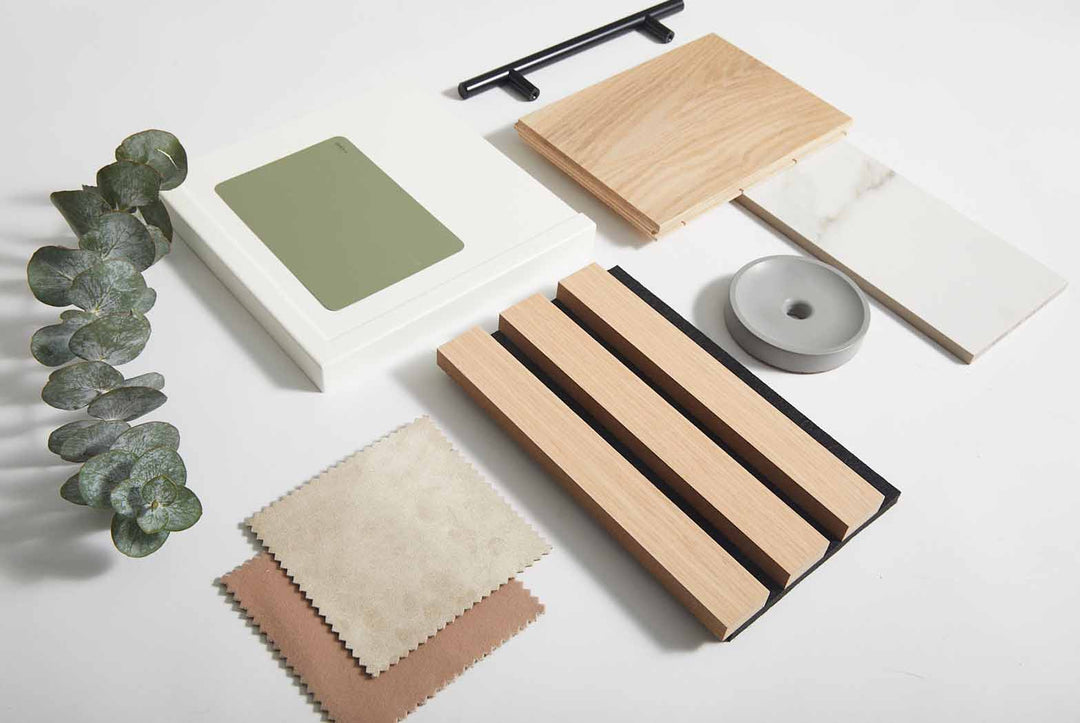












Leave a comment